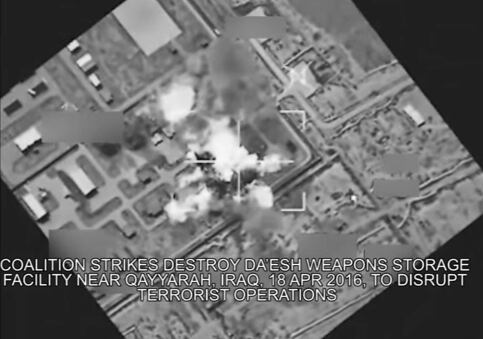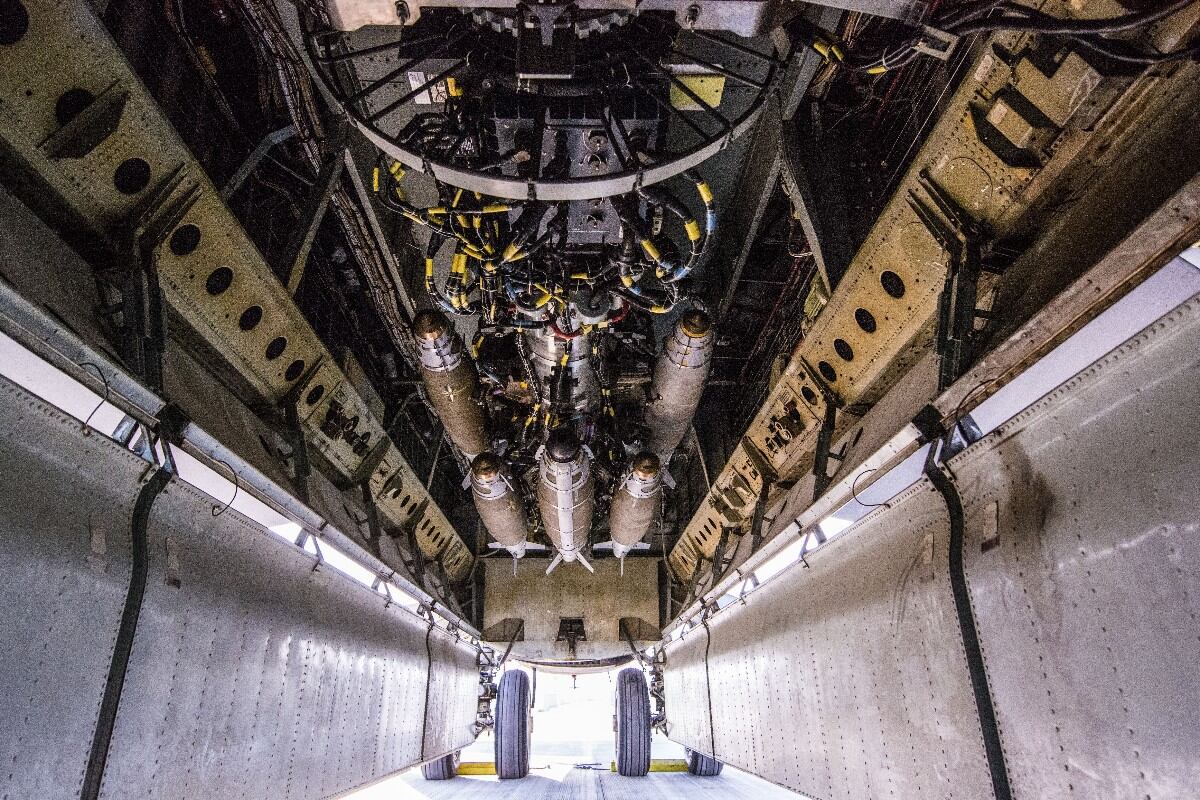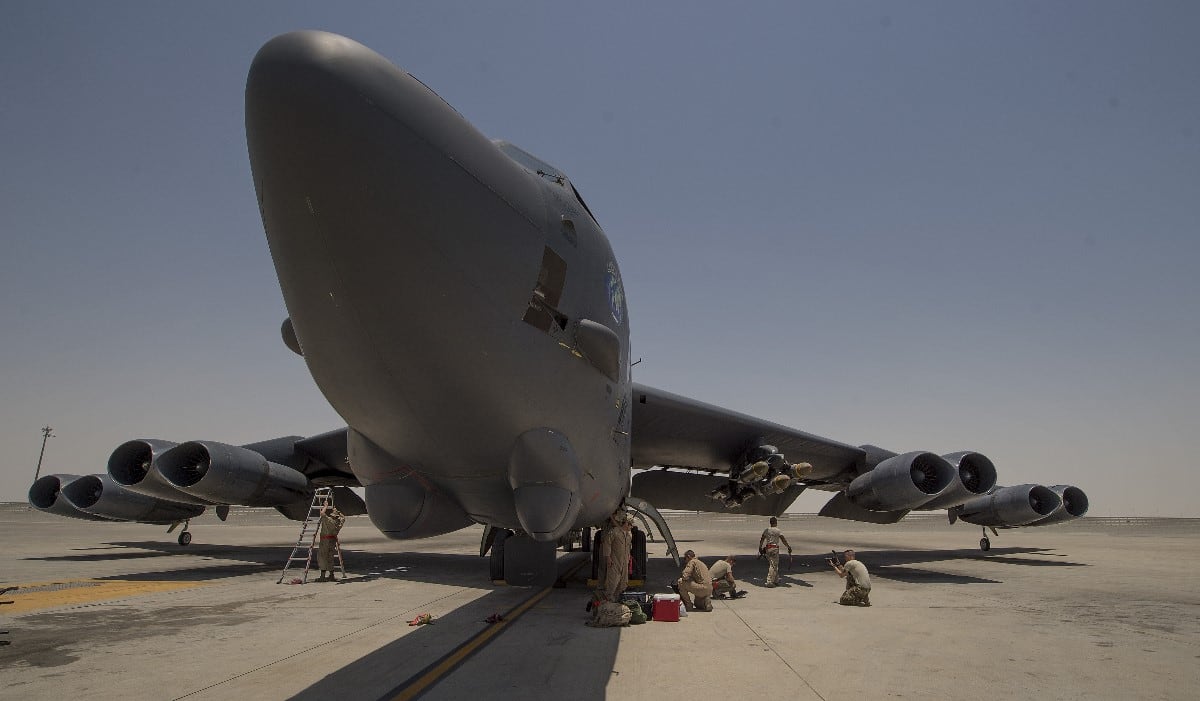More than four decades ago, the Air Force’s iconic B-52 Stratofortress set records as it pounded North Vietnamese targets during Operation Linebacker II.
But during its recently-concluded two-year deployment to the Middle East to fight the Islamic State and Taliban, the BUFF ― or “Big Ugly Fat Fellow” ― smashed through those milestones.
According to an April 12 release from U.S. Air Forces Central Command, the 23rd Bomb Squadron from Minot Air Force Base in North Dakota last June launched its 400th consecutive B-52 mission without a delay due to maintenance problems.
This broke a B-52 streak that stood since December 1972, when the Air Force carried out 11 days of massive bombing in North Vietnam. Air Force Global Strike Command said Tuesday that during the first three days of Linebacker II, 312 sorties were launched without a maintenance cancellation.
The 69th Expeditionary Bomb Squadron, which arrived in September 2017, then launched 834 straight B-52 missions without any maintenance cancellations.
The 69th flew its last Stratofortress mission of that deployment April 7, before the bombers departed April 11 to return to Minot.
Two B-1B Lancers arrived March 31 to replace the departing B-52s.
B-52s flew more than 1,850 missions from Al Udeid Air Base, Qatar, in Iraq, Syria and Afghanistan, and dropped nearly 12,000 bombs. Stratofortresses were among the aircraft dropping massive amounts of bombs on Mosul, for example, during the campaign to push ISIS out of the key Iraqi city.
RELATED

“The discipline and professionalism of the B-52 aircrew and maintenance has lived up to the legacy of the B-52 itself,” Brig. Gen. Jason Armagost, commander of the 379th Air Expeditionary Wing, said in the release.
“Upgrades to communications and precision munitions delivery has only added to the legacy of this great bomber and the crews that operate it and maintain it deserve all the credit for the volume and effectiveness of the incredible airpower they delivered these last two years.”
AFCENT said air operations by coalition aircraft, including the B-52, were central in the effort to corner ISIS in Syria’s Middle Euphrates River Valley.
“They are on the run,” Lt. Col. Daniel Lambert, director of operations for the 69th, said in the release. “We prevented an ISIS resurgence by sweeping the areas that have been retaken, preventing a reinfestation. The more we’ve been able to take them out, the harder it has been for them to recruit new forces, because new recruits know the only thing awaiting them on the battlefield is death.”

With ISIS driven out of its major strongholds, AFCENT last November refocused its airpower on Afghanistan. The 69th that month became the first B-52 squadron to use the upgraded conventional rotary launcher ― which allowed the bombers to carry eight more smart munitions inside its bomb bay, a 50 percent increase ― in combat operations.
The B-52 used that upgraded launcher to help AFCENT destroy nearly 70 Taliban drug labs and other narcotics-related targets, containing tens of millions of dollars worth of drugs, since November.
B-52 aircrews also averaged 400 to 450 hours during six to seven month deployments last year, during the heaviest fighting against ISIS and the Taliban. That is almost three times as much as the 300 flight hours B-52 crews typically fly during an entire year, AFCENT said.
“You always hope you leave the place better than when you found it,” 69th Commander Lt. Col. Paul Goossen said. “I think we are leaving the theater better, with ISIS nearly defeated and almost no territory or people under their control anymore.”
Stephen Losey is the air warfare reporter for Defense News. He previously covered leadership and personnel issues at Air Force Times, and the Pentagon, special operations and air warfare at Military.com. He has traveled to the Middle East to cover U.S. Air Force operations.




